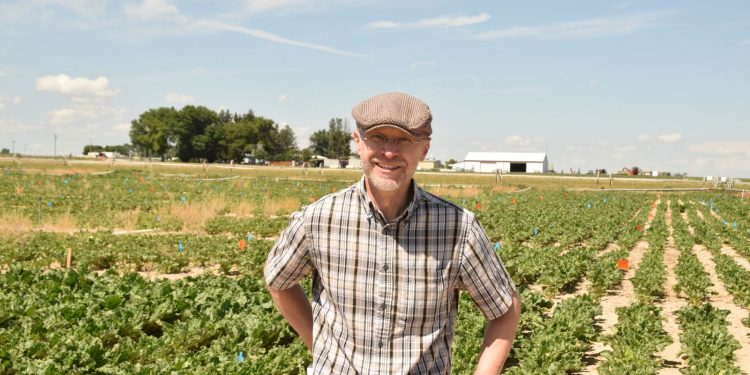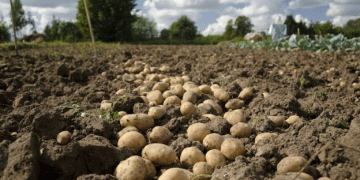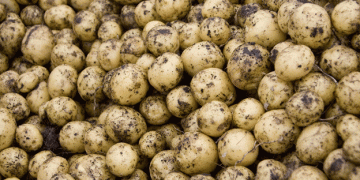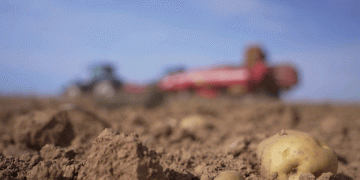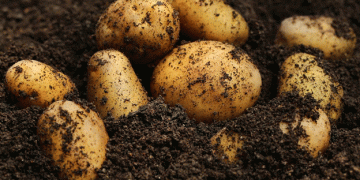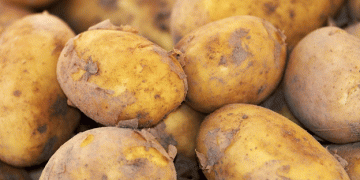University of Idaho Highlights Increased Psyllid Captures and Zebra Chip Risk
The University of Idaho, in collaboration with crop consultants across the state, has launched its annual monitoring program for potato psyllids, zebra chip disease (ZC), and the associated bacterium, liberibacter (Lso). This comprehensive effort spans commercial potato fields throughout southern Idaho, supported by the Idaho Potato Commission and generous in-kind contributions from local partners.
Monitoring Program Overview
The official monitoring season began last week with the deployment of traps across 58 fields statewide, each field equipped with four sticky traps. This year, the program will run for at least 10 weeks, meticulously tracking psyllid activity and the potential spread of zebra chip disease.
Recent Findings
This week, traps from all 58 monitored fields were collected, revealing a total of 53 psyllids across 19 fields. The psyllid captures were reported in the following counties:
- Payette
- Canyon (3 fields)
- Owyhee
- Twin Falls (10 fields)
- Jerome
- Cassia
- Minidoka
- Bingham
Notably, Twin Falls County reported a significant concentration with 43 psyllids captured, and the Kimberly Research & Extension Center detected one psyllid testing positive for Lso. Results on Lso incidence for this week’s captures are expected next week.
Comparative Analysis and Risk Assessment
The current psyllid captures exceed those recorded at this time over the past two years. The higher captures in the Magic Valley, particularly from one field, deviate from the typical pattern where higher captures are initially observed in the Treasure Valley. While early season Lso-positive psyllids are not uncommon, the potential for continued high captures and increased Lso-positives indicates a heightened risk for zebra chip disease.
Recommendations for Growers
Given the increased risk, the University of Idaho strongly recommends that growers implement their Integrated Pest Management (IPM) programs promptly. Comprehensive management strategies can be found on the University of Idaho’s website.
For detailed weekly data by site, growers and industry professionals can refer to the old spreadsheet format or visit the Idaho Pest Monitoring Dashboard for graphical summaries of psyllid captures from 2020 through 2024.
